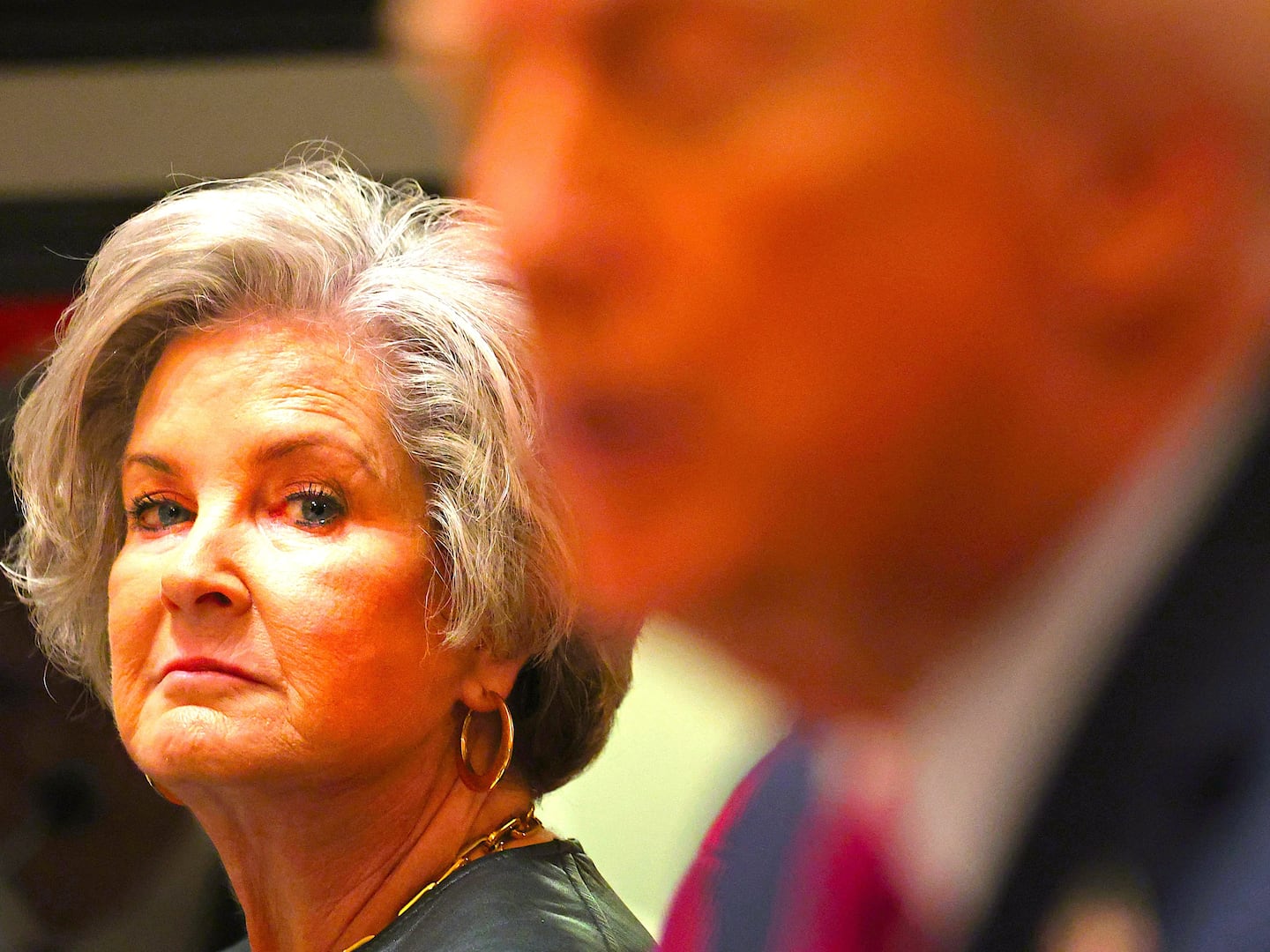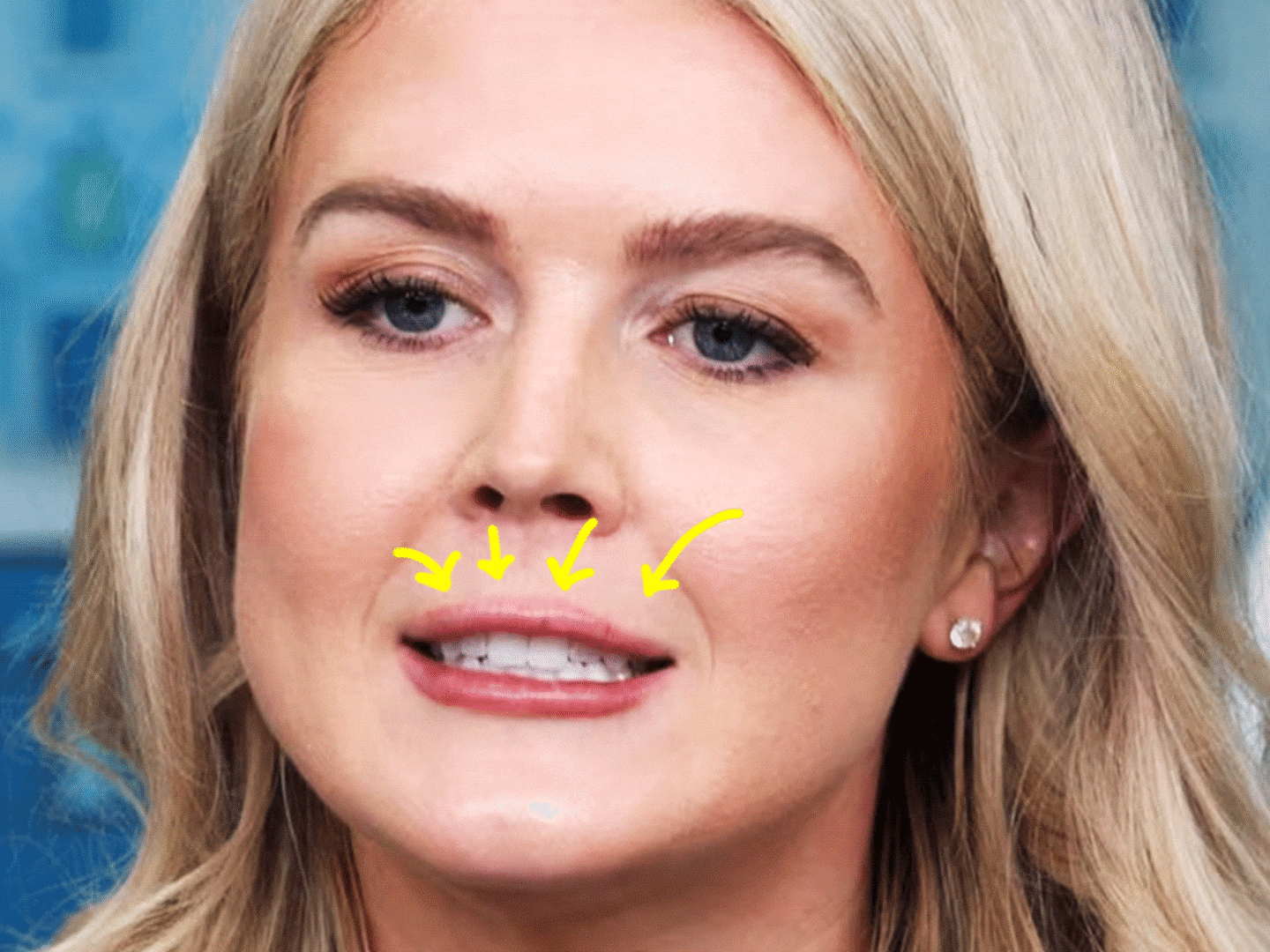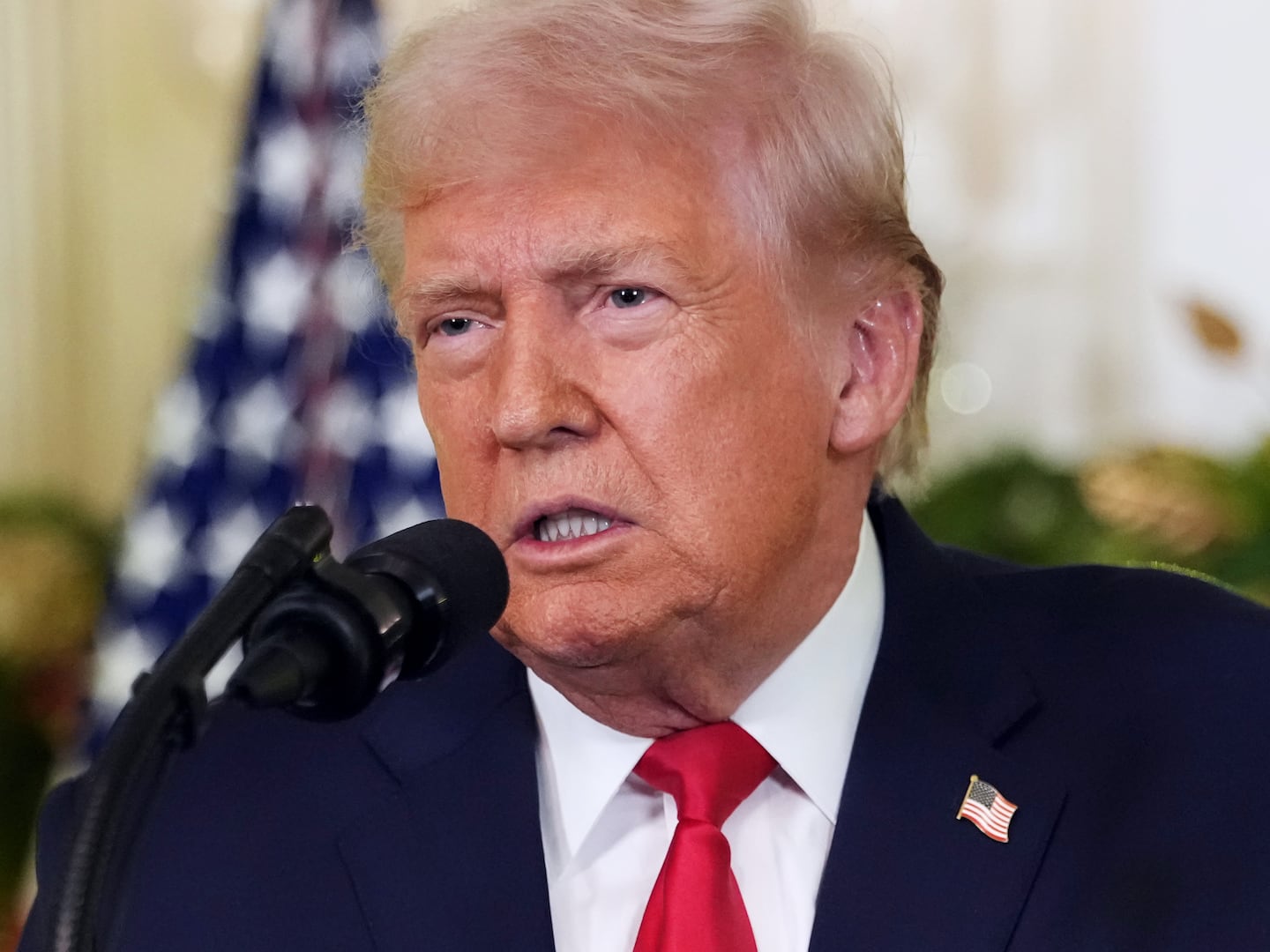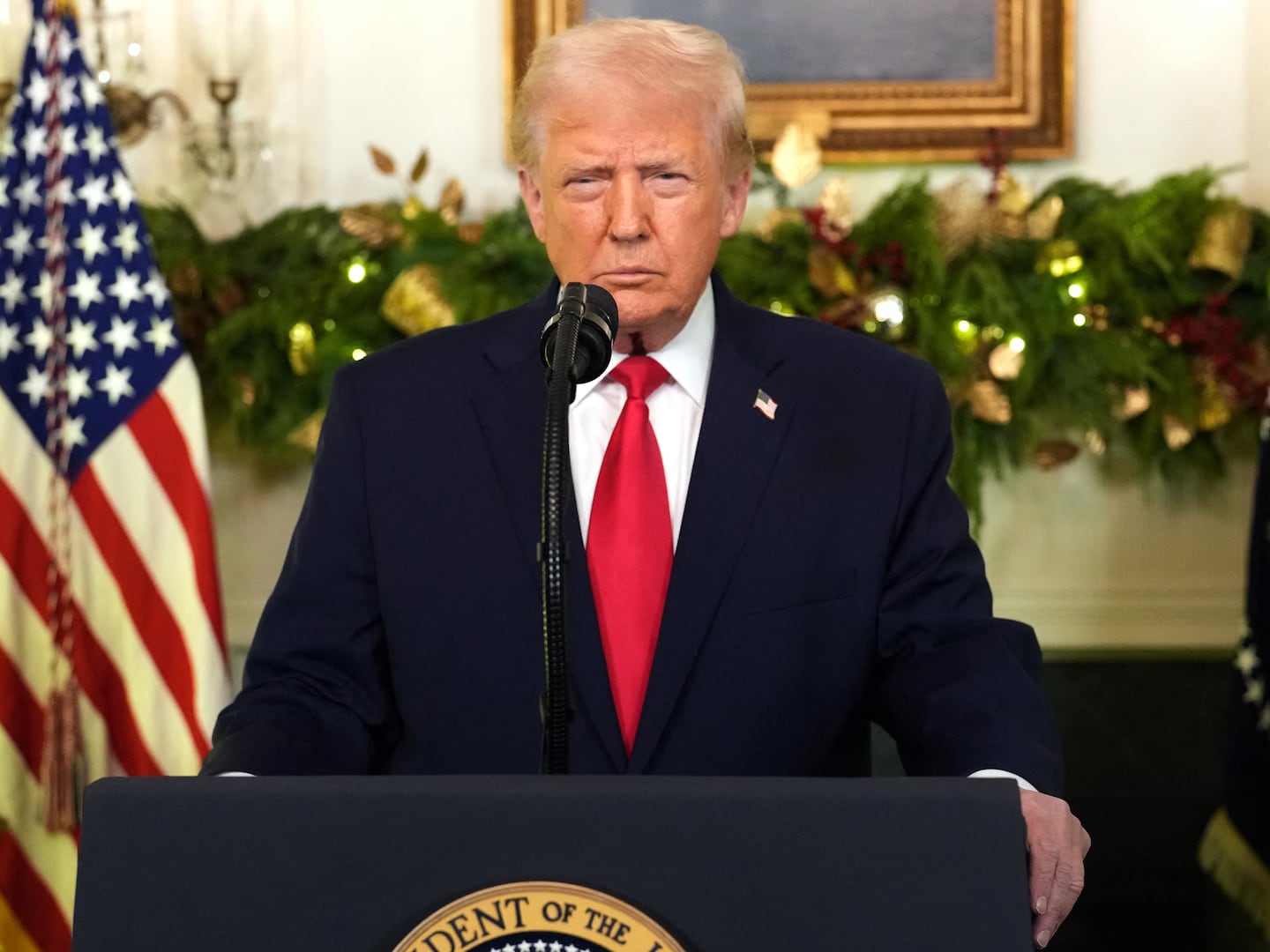
During the 35 years that John Paul Stevens has served on the Supreme Court, the liberal federal judge has become something of an endangered species. Nothing illustrates this better than the absurd idea that Stevens has been a “liberal” justice. That a moderate justice like Stevens is now considered the leader of the court’s “liberal” wing really just goes to show that the Roberts court doesn’t have a liberal wing at all.
Time after time he has taken markedly conservative positions on all sorts of issues, including the death penalty, affirmative action, freedom of speech, the rights of criminal defendants, and administrative law.
Stevens is no more really a liberal than, for example, a moderate Democrat on the staff of The Nation is really a conservative. Nominated by a Republican president to fill a seat on the court that for the previous 59 years had been held successively by two actual liberals (Louis Brandeis and William O. Douglas), Stevens was and is a political and jurisprudential moderate. For his first six years on the Court he was, politically speaking, often the median justice–meaning that it was common for four justices to vote to his left and four to vote to his right.
Over the next three decades, Stevens’ legal views changed very little. Time after time he has taken markedly conservative positions on all sorts of issues, including the death penalty, affirmative action, freedom of speech, the rights of criminal defendants, and administrative law.
• Big Fat Story: Who Will Replace Stevens?• Benjy Sarlin: Obamacare and the Fight for Stevens’ SeatRather than “legislating from the bench” or inventing exotic new constitutional rights, Stevens’ opinions put a heavy emphasis on judicial precedent and legislative intent. It’s not uncommon for him to reach legal conclusions that are clearly in conflict with his political preferences (two recent examples were his opinion for the court in cases upholding federal laws criminalizing medical marijuana use and allowing property to be taken by the government for private development).
What has changed, of course, is the rest of the court. In 2010, a life-long moderate Republican, appointed to the bench by Richard Nixon and to the court by Gerald Ford, is a “liberal” in much the same sense that, in a nation where Tea Party rallies draw large crowds, Barack Obama is a “socialist.” Since Stevens joined the court, every single new justice has been more conservative than the justices who were more liberal than Stevens at the time of his appointment. Over the past 34 years, Stevens stayed put while the entire court moved to his right. (One ironic consequence of this is that speculation regarding whether Obama will nominate someone who will “ excite the left” to replace Stevens often ends up focusing on candidates who, on many important issues, aren’t actually to the left of Dick Cheney.)
Ultimately, Stevens’ tenure illustrates the problems that inevitably arise in an era when it has become routine for justices to stay on the bench for decades. When Stevens was appointed, a relatively liberal Supreme Court often came to legal conclusions that angered large portions of an increasingly conservative body politic. Thirty-four years later the situation is reversed: a markedly conservative court finds itself in conflict with a political culture in which liberalism is once again resurgent.
Stevens’ retirement gives President Obama an opportunity to do something about this, by appointing an actual liberal to the Supreme Court–something the institution hasn’t featured for nearly 20 years. But in order to do so he will have fight a political and media culture in which someone like Stevens can come to represent the far left of the Supreme Court, with almost no recognition that this actually means there are no liberals on the Supreme Court.
To appoint a real liberal, it would probably be necessary to eliminate the filibustering of judicial candidates. Few things in American politics are more dysfunctional than an appointment system in which a Democratic president, working with a Senate that features only 41 Republicans, is still precluded from appointing a mainstream liberal to the Supreme Court.
John Paul Stevens was confirmed by a vote of 96-0. Thirty-five years later, the Supreme Court nomination process has become so politicized that it’s highly unlikely Stevens could be confirmed to the current court. What was once a relatively genteel exercise in presidential discretion has become an occasion for the kind of unrestrained hardball politics that President Obama seems reluctant to play.
In his first 15 months in office, Barack Obama has done almost nothing that required him to fight hard for a straightforwardly liberal political goal. Appointing an actual liberal to the Supreme Court would be a good place to start.
Paul Campos is a professor of law at the University of Colorado at Boulder.






